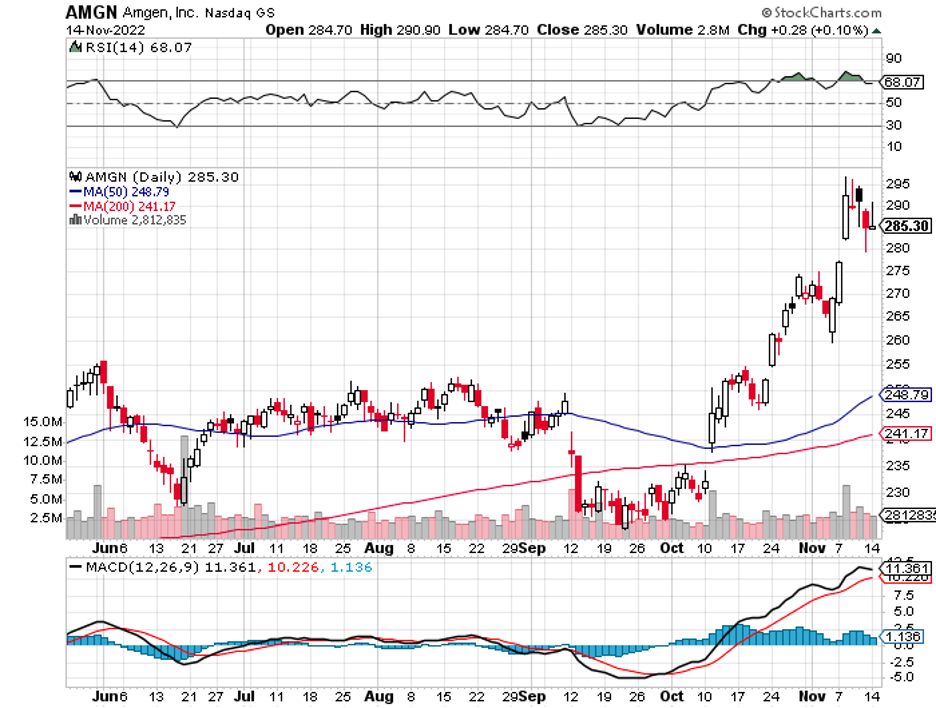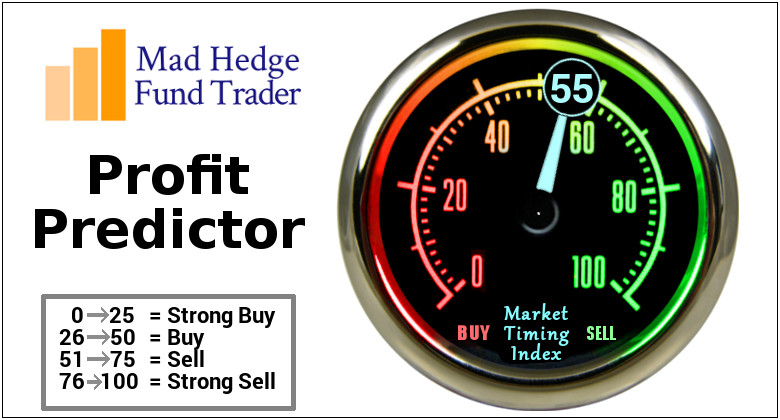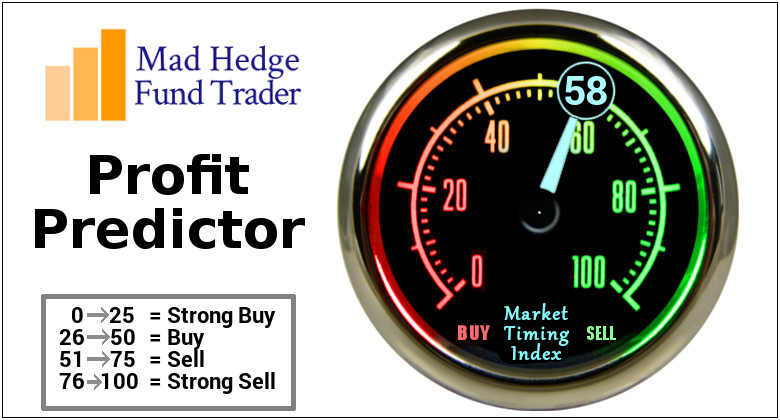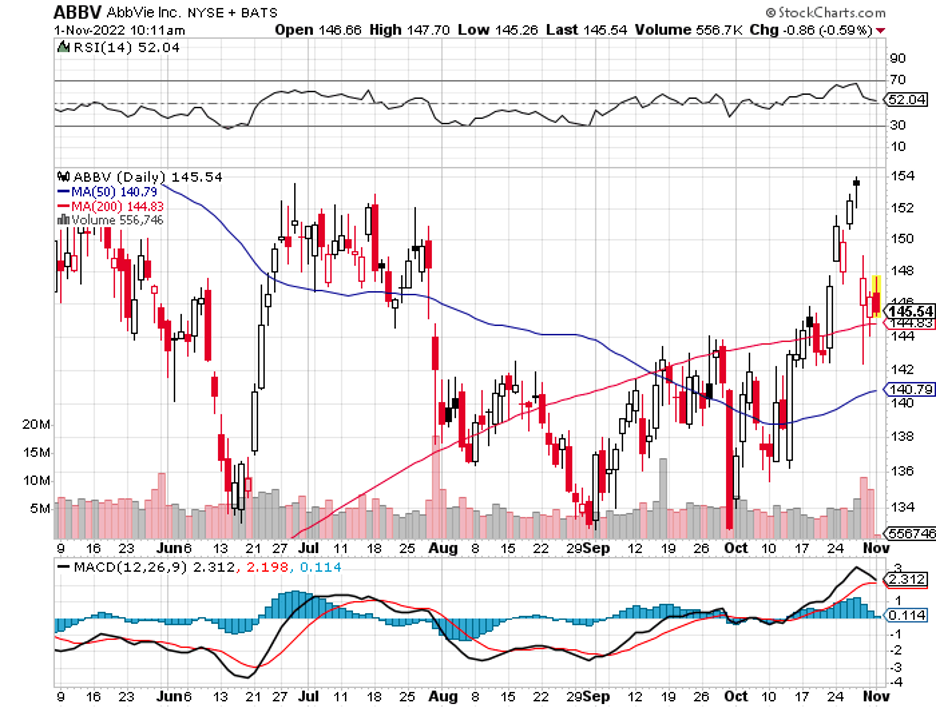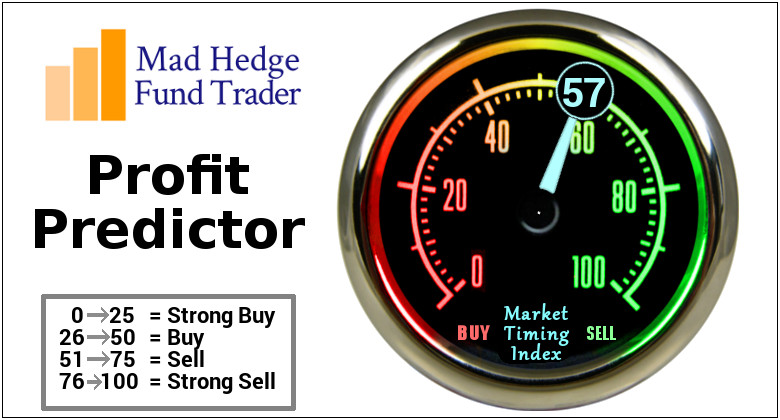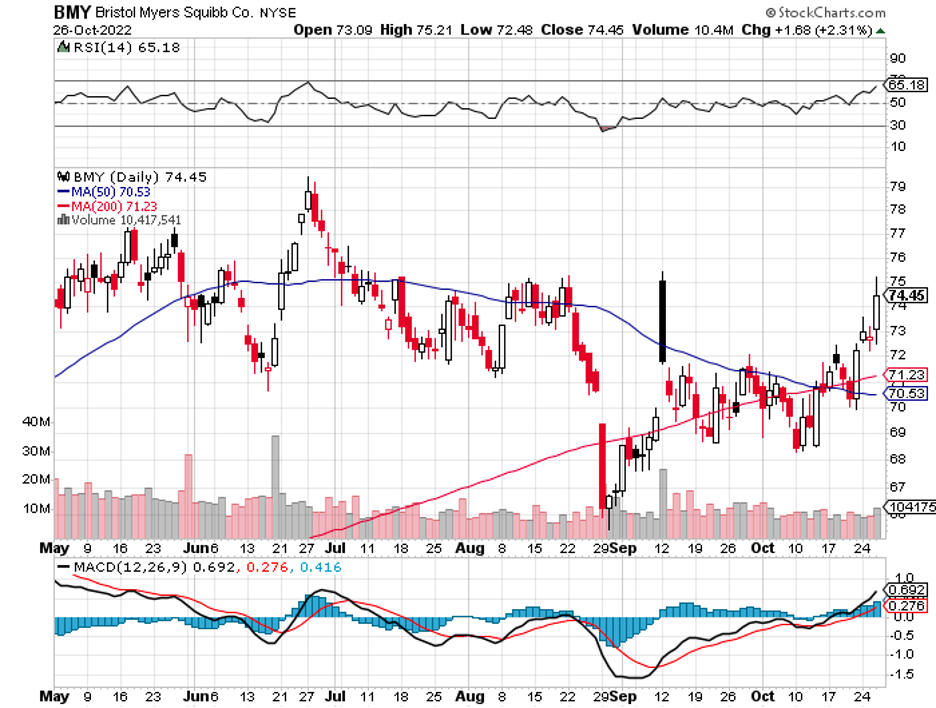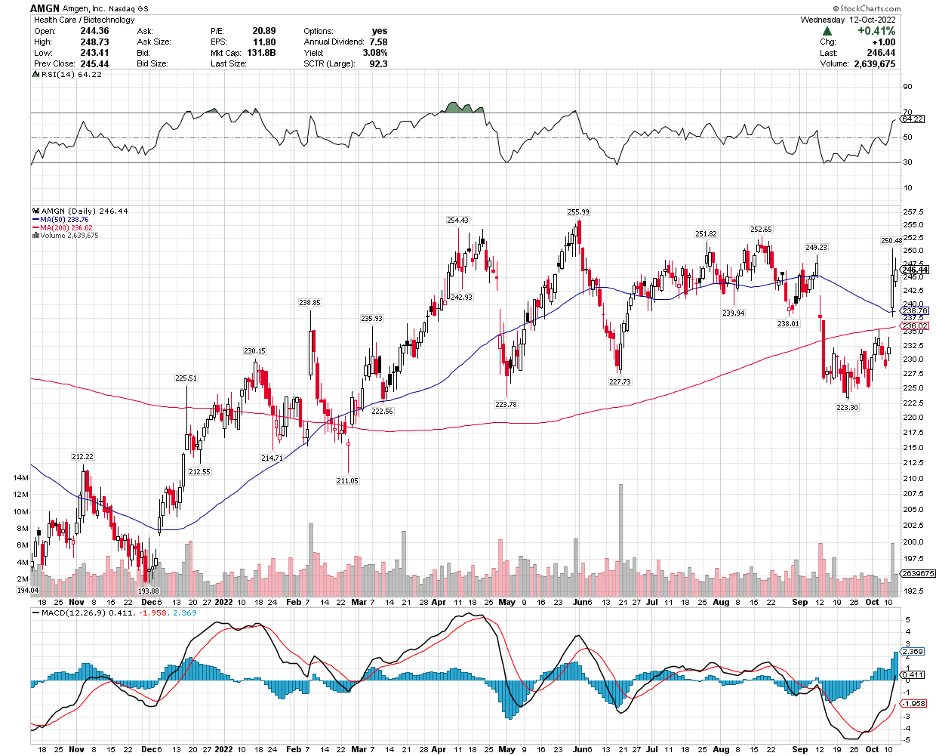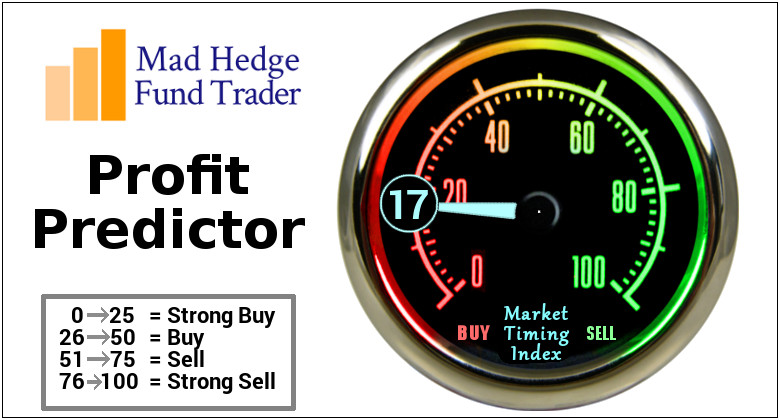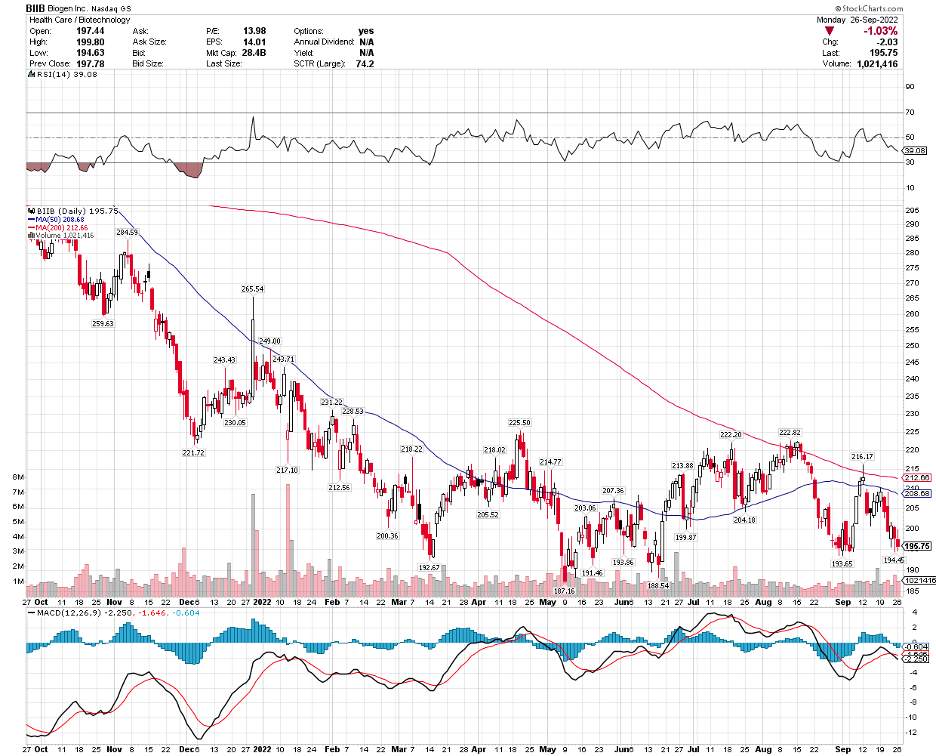Loading up on high-quality stocks, particularly those that deliver passive income, is an excellent strategy to ride out this bearish market. This all but guarantees a dependable cash flow and offers a way for investors to limit losses.
Obviously, blue chip stocks tend to be among the first businesses to rally after marketwide crashes.
Among the top-tier passive income stocks in the biotechnology and healthcare industry, one of the names that stand out is Amgen (AMGN).
This blue chip biopharmaceutical business prides itself on consistent free cash flow and a solid track record of boosting its dividends on a regular basis.
So far this year, Amgen’s shares have climbed by an impressive 30.6%. This led to the biotech’s stock rising and surpassing its 52-week highs. For a bit of background, the S&P 500 has declined by 20.3% to date, while the Nasdaq Composite has fallen by a disappointing 32.9%.
Clearly, Amgen’s shares are beating the broader market this year.
Moreover, the company is currently trading at $291 per share, breaking through a resistance level set at a high 250s earlier in 2022.
A key reason for Amgen’s ability to defy this challenging bear market is its strategy to focus on the business of developing and selling critical, life-saving treatments.
One of the most exciting drugs in its portfolio is AMG-133, which is a new obesity drug. This is estimated to enter Phase 2 trials by 2023, with shareholders anticipating approval soon since the drug’s latest data showed “impressive efficacy.”
In terms of sales opportunity, AMG-133 can target a lucrative sector. The total market for this drug is estimated to be worth over $10 billion every year. This would translate to a multibillion-dollar revenue stream for Amgen.
Another promising drug in Amgen’s portfolio is asthma medication Tezspire, which it developed with AstraZeneca (AZN). This treatment holds considerable potential, showing off a 300% growth from its first-quarter sales to record $29 million in revenue in the second quarter.
So, even if some products, such as the white blood cell treatment Neulasta, tend to weigh on the company’s top line, Amgen still manages to generate massive free cash flow every quarter and annually.
To illustrate this point, Amgen’s free cash flow in the third quarter of 2022 reached a whopping $2.8 billion. Meanwhile, the company’s sales hit $6.65 billion, beating analysts' expectations, while its earnings per share were at $4.70
What does this imply?
It means Amgen is an ultra-safe passive income investment. The biotech’s substantial free cash flow can easily cover its annual dividend yield of 2.88%.
Since it first started distributing quarterly dividends back in 2011, Amgen has boosted it annually.
The company’s management has been consistent in its commitment to boost the dividend yield, rewarding shareholders with a jaw-dropping 1,257% increase over the last 10 years.
In 2022, Amgen announced a 10% increase in its dividend to reach $1.94 per share. At its current figure, Amgen’s yield is 3.08%. That’s almost double the S&P 500 average dividend yield of 1.82%.
More importantly, Amgen has a slew of new drugs that look incredibly promising. As of the last update, there are 40 candidates queued for Phase 2 and 3 trials.
This is crucial because several existing drugs in its portfolio are anticipated to experience a decline in sales over the following years due to patent exclusivity losses and the entry of more competitors.
All in all, Amgen is proving itself to be quite the recession-proof biotech thanks to its stellar free cash flow and heavily dependable dividend program. Needless to say, it is an excellent stock to own, particularly in a brutal bear market.

